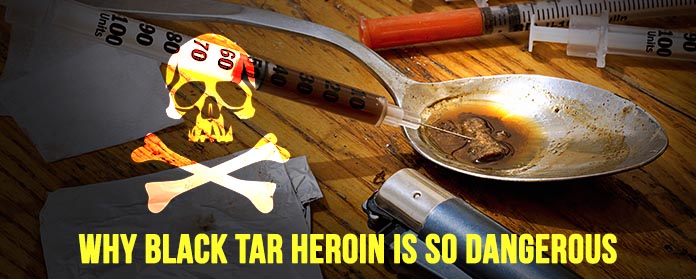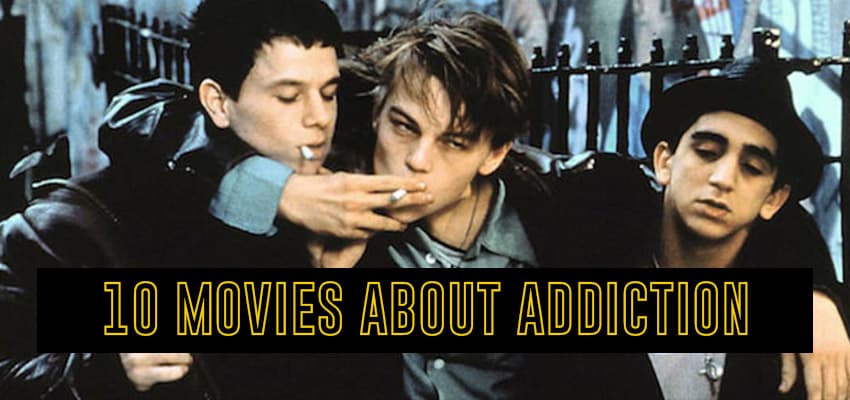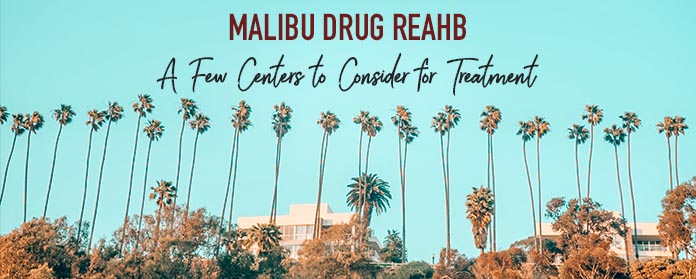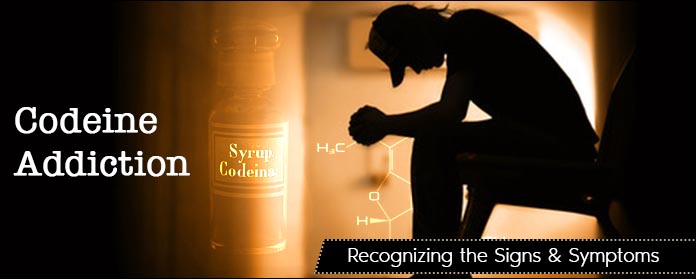Black tar heroin is one of the least pure forms of heroin available. Although few outside of processing houses know what manufacturers mix it with, we do know that the bulk of black tar heroin comes from Mexico, which explains its prevalence in states along the Mexican border like California.
Street heroin rarely, if ever, comes in its purest form. Although it’s most commonly known as a fine white powder, it may range from an off-white to dark brown substance.
Manufacturers break down the purity of heroin with other substances to lower the price and make every pound of the base drug stretch further. In some cases, manufacturers cut it with a substance to increase the drug’s potency.
Other names for it may include Chiva or Mexican Tar.
What makes it so dangerous? Keep reading to learn more.
[toc]
What is Black Tar Heroin?
Black tar heroin gets its name from its appearance, which comes from the processing method.
Unlike other forms of heroin, it doesn’t appear as a powder. It includes very little pure heroin at all. Instead, producers process it with various agents.
Because it includes so little pure heroin, it is faster and easier to produce in bulk than white heroin, which constitutes its purest form.
What Does Black Tar Heroin Look Like?
Even the untrained eye can tell the difference between black tar heroin and other types of powdered heroin.
It may be dark brown or black depending on how manufacturers process it. It looks like the black tar used to pave roads both in color and consistency.
Because it is sticky, users need to melt it down to inject or smoke it.
The Cut Makes the Difference
Heroin has been prevalent around the world for hundreds, if not thousands, of years. So why does today’s heroin produce such dangerous reactions?
Historical users of heroin used purer forms of the drug. Today, it’s almost impossible to buy pure heroin without a direct connection to a grower or supplier. Those who purchase heroin on the street always buy a “cut” form.
Cutting the drug comes with three issues:
- It dilutes or increases the potency
- It makes it hard to tell how much to use
- It may create an adverse reaction (either to the cut or to the whole dose)
Black tar heroin is the most heavily cut out of all types of heroin, and you can never be sure what it is cut with. A more considerable amount of uncertainty plays a significant role in every aspect of using this type of heroin. Because the cut is so substantial, it amplifies the three issues identified above.
Additionally, black tar heroin and all brown base heroin can’t be smoked or injected in its street form. Users must dissolve it in a weak acid before it’s of any use. It adds another unknown to the mix and could contribute to health issues because you never know how the cut will react to acid.
Reactions Associated with Black Tar Heroin
Heroin itself is already a dangerous drug because it is highly addictive and injections can lead to venous sclerosis, which leads to narrow or hard veins.
However, black tar heroin is also linked to other issues that don’t appear as often with different types of heroin use. For reasons that remain unclear, skin issues seem to appear more in the use of black tar heroin as well as brown base heroin.
Black tar heroin is most commonly smoked or injected thanks to its cut and consistency. Injections created a health risk within itself. One of the methods for injection is known as “skin popping.”
Skin popping generally is linked to bacterial infections that can become serious. Black tar heroin users seem to present the most severe infections at the highest rates compared to other types of heroin.
Bacterial Infections, Abscesses, and Cellulitis
Using the skin popping technique to inject black tar heroin opens users up to skin infections compared to smoking or snorting heroin.
The method includes depositing the drugs underneath the user’s skin rather than into their muscles. It’s a popular method because it sends the drug directly into the bloodstream rather than waiting for the body to process it naturally.
Skin popping opens of a direct pathway for bacteria to enter the user’s skin. It can result in bacterial infections and progress to abscesses and cellulitis.
Studies show that the odds of experiencing an abscess or cellulitis are five times greater among those who use skin popping techniques compared to intravenous injections.
The most commonly found bacteria is Staphylococcus aureus, which is a type of staph infection. Other infections found in heroin users include:
- Botulism
- Tetanus
- Candida folliculitis
- Necrotizing fasciitis
Because many people try to treat their skin issues on their own, these infections progress and present further complications.
Wound Botulism
One of the reasons black tar heroin has a particularly poor reputation is its link to outbreaks of infection. In San Diego, an explosion of wound botulism impacted nine people in a single year. There are normally only twenty cases across the entire year in the whole country.
Wound botulism occurs when a wound becomes infected with Clostridium botulinum, which also causes botulism from contaminated food. When the bacterium infects a wound, it attacks your nerves. It can also lead to respiratory difficulties and muscle paralysis. Failure to treat it promptly can lead to life-threatening complications and fatalities.
Scientists don’t know why black tar heroin was more closely associated with wound botulism. The bacterium exists in the soil, and some suggest that infected soil may wind up in the drug during production or transportation.
Black Tar Heroin Earned Its Reputation
Black tar heroin has a particularly poor reputation, and it earned it. It is the most impure form of heroin on the street, and people who use it are those who also present the most severe infections.
The combination of the unknown cut with the need to melt it down and the prevalence of skin popping injections make it one of the riskiest drugs out there for health.
Is someone you love showing classic signs of heroin use? Help is available. Click here to learn more about a heroin detox program to help the person you love to stop using.





